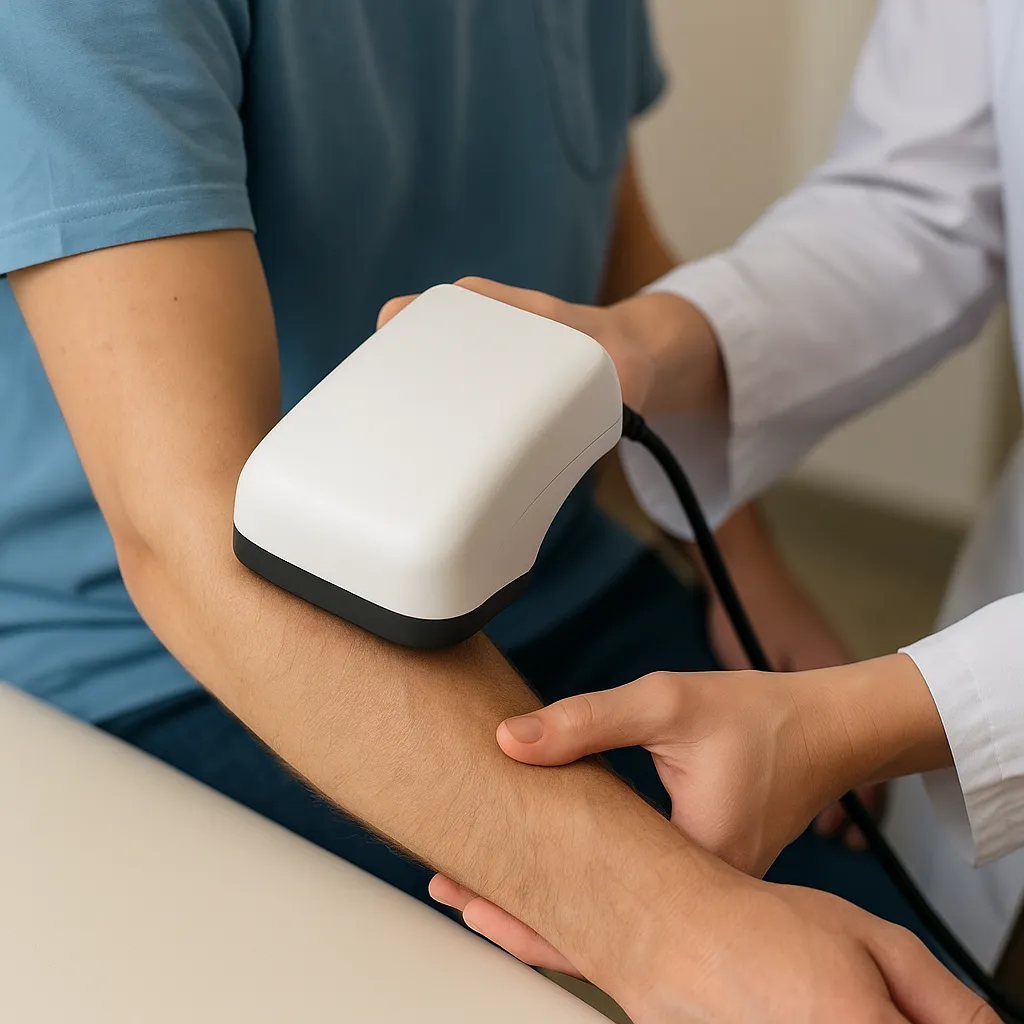For years they have told us that the Fund was the key tool to detect diabetic retinopathy.A somewhat annoying, invasive process and that sometimes is not even done in time ... but a group of Spanish researchers could be changing that paradigm.
From the University of Castilla-La Mancha, specifically in the Faculty of Nursing of Cuenca, a study has been published that explores the use of cutaneous autofluorescence as a method to early detect complications such as retinopathy.A simple, non -invasive test and that is done with a small device placed on the forearm.No drops, no pupil dilation, or expect.
The key is in advanced glycation products - which are substances that accumulate in the vessels due to excess glucose - that illuminate the contact with a special light.Detecting them before they cause irreversible damage could be a before and after.
[[ERROR-TRANS]]Más allá del avance en sí, da que pensar… ¿cuántas cosas siguen ocultas bajo la superficie de lo que ya damos por hecho en la atención a la diabetes?
Did you know him?What do you think?

